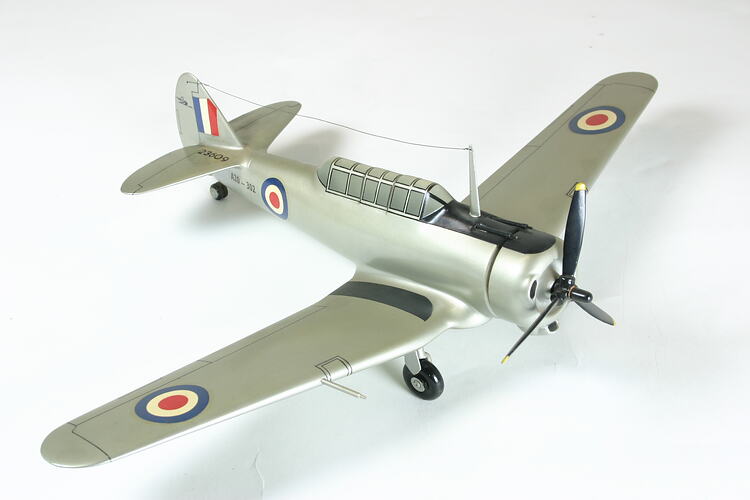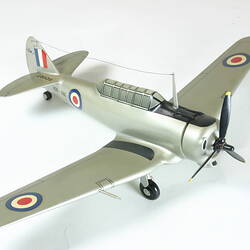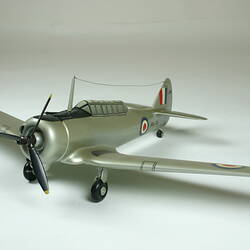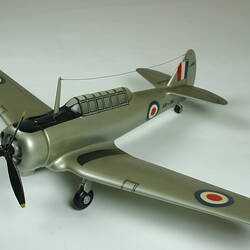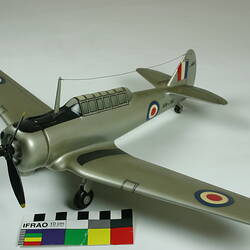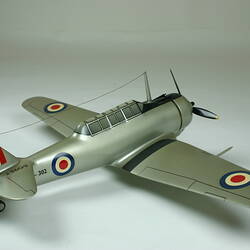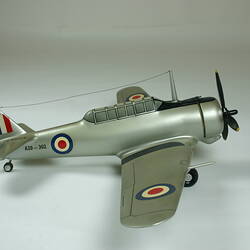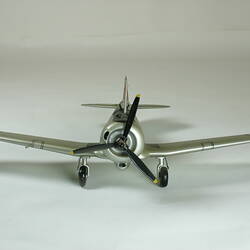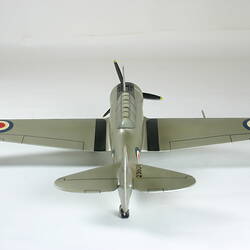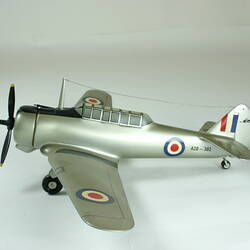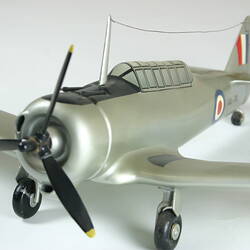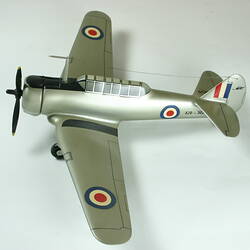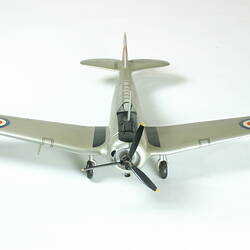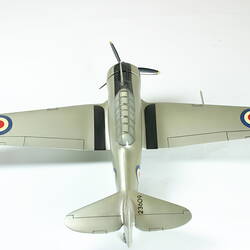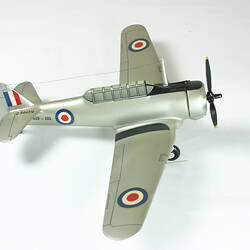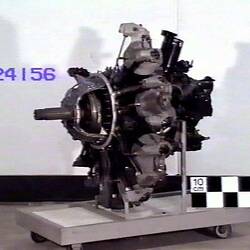Summary
Aircraft History:
Australia's defence capability was a matter of serious concern by the mid-1930s as Japanese military aggression in China signalled confrontation with the western powers. Australia had no domestic aircraft mass-production capacity until the Commonwealth Aircraft Corporation was formed in 1936 by a syndicate of leading businesses such as BHAS, BHP, ICI and General Motors-Holden to manufacture aircraft for the RAAF. A delegation led by Lawrence Wackett toured aircraft factories in the UK, Europe and North America to find a suitable design for local production. Wackett's team recommended the two-seat North American NA-16 monoplane. The selection of a US design caused political problems for the Lyons government which preferred British aircraft for the RAAF. Increasing problems with obtaining supply of aircraft from Britain and the lack of a suitable British design forced the government to accept the inevitable and order the locally produced NA-16. A factory was built in Lorimer Street, Fisherman's Bend, Port Melbourne. By the time production began in 1938, the NA-33 design had been substituted as a more advanced design including retractable undercarriage among other refinements. The name Wirraway (said to be an aboriginal word for 'challenge') was selected in April 1938. The first production aircraft flew in March 1939. The outbreak of World War II in September 1939 led to a massive expansion of the RAAF and orders for several hundred Wirraways were placed to provide training machines for the Empire Air Training Scheme. The Pratt & Whitney R-1340 Wasp for the Wirraway was also built in Australia by CAC at Lidcombe, NSW. A total of 755 Wirraways were built between 1939 and 1946.
Although designed as a training aircraft, the lack of any suitable altenative forced the Wirraway to be used for a variety of other roles such as army cooperation and air defence. The war against Japan led to tragic episodes such as the defence of Rabaul in January 1942 where all the Wirraways of 24 Squadron were shot down by Japanese fighters or destroyed on the ground with heavy loss of life. Only one Wirraway pilot ever succeeding in shooting down a Japanese aircraft when Pilot Officer John Archer of 4 Squadron surprised a Japanese fighter near Buna in New Guinea and it crashed in shallow water. Wirraways continued to be used in New Guinea and Bougainville as army cooperation arcraft where they performed well. Most Wirraways however served in Australia as advanced training aircraft. The RAAF continued to use the Wirraway as a trainer until 1959. In 1958 CAC developed a crop-duster version of the Wirraway known as the Ceres and 21 were built using converted Wirraway airframes.
Model History:
This 1:30 scale model was donated to the Museum in 1954 by the Commonwealth Aircraft Corporation. It was apparently built for display or promotional services and is finished in a post-war silver paint scheme representing A20-302. This aircraft served with No. 7 Service Flying Training School at Deniliquin between 1941 and 1945.
More Information
-
Collecting Areas
-
Acquisition Information
Donation from Commonwealth Aircraft Corporation, 05 Feb 1954
-
Manufacturer of Item Modelled
Commonwealth Aircraft Corporation, Fishermans Bend (Fishermen's Bend), Port Melbourne, Greater Melbourne, Victoria, Australia, 1939-1946
-
Modelmaker (Possible)
Commonwealth Aircraft Corporation, Fishermans Bend (Fishermen's Bend), Port Melbourne, Greater Melbourne, Victoria, Australia, circa 1950
-
Brand Names
-
Classification
Air transport, Aircraft, Model propeller aircraft - military
-
Category
-
Discipline
-
Type of item
-
Overall Dimension
295 mm (Length), 435 mm (Width), 125 mm (Height)
Dimensions of model only resting on wheels without stand.
-
Part Dimensions
260 mm (Height), 192 mm (Outside Diameter)
Dimensions of model stand.
-
Model Scale
1:30
-
Keywords
Aeroplanes, Military Aircraft, Model Aeroplanes, Scale Models, Wars & Conflicts
